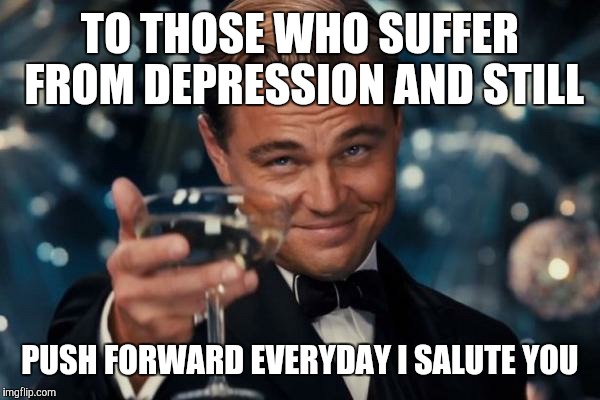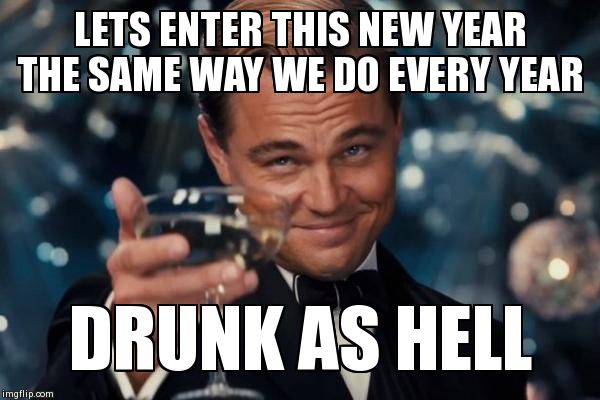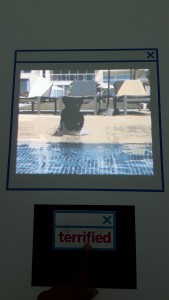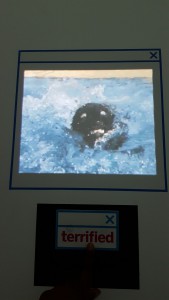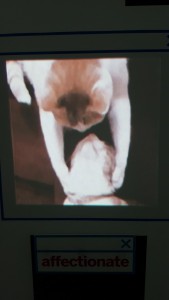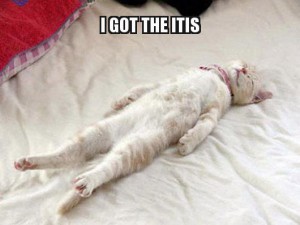We live in a society with very public platforms for the distribution and preservation of our personal image online. Social media affords us the opportunity to be front and center in our very own curated editorial spread. The way we interact with our families, our work persona and the various discourse communities we are associated with, all contribute different aspects of our personalities. However, we may question whether we should project our real personality online.
“Perhaps the most important digital literacy associated with social networking sites is being able to engage in effective practices of self presentation and impression management in different situations and with different people” (Jones & Hafner 152). Impression management refers to the act of facilitating the information one reveals about oneself in order to illustrate a particular social identity. Someone like me who sees a person with multiple social media accounts, would generally think that the content the user decides to share may be putting on a facade or trying to save face by acting differently on multiple social media platforms but that just may not be the case.Reading Cohen and Kenny, I’ve come to a realization that, many social media platforms on the web, each has its own method for participation and communication with other users.
The purpose of my project is to show how effectively or ineffectively users of social media present themselves online and what exactly drives an individual to portray themselves the way they do. My project will address the following questions:
- What roles do people adopt in different social media platforms?
- Why people may or may not present themselves honestly on their social media accounts
- What is the driving force behind having more than one social media account? Why not stick to only one?
- To what extent do individuals regard their self presentation using their social media account to be authentic and honest reflecting themselves in their daily lives?
- To what extent do individuals participate in exaggerating, idealizing, or completely lying on their accounts?
- How many social networks are people on? How many are they active on?
- How to properly present yourself online with detailed instructions and reasoning for the method of procedure
- The demographics of social media users
In order to get the project off the ground, I intend to interview as many people as possible asking questions such as:
- How do you think you present yourself on your social media platform? (With the intent of viewing it for myself to compare/contrast to the answer they’ve given me)
- What made you present yourself this particular way on your social platform?
- If you could change the way you present yourself online, would you take that opportunity? Why or why not?
In interviewing multiple people, I hope to deliver in my project an e-book/e-magazine that provides a “How to” guide of properly presenting oneself on social media with all the research and information I’ve gathered.
Sources so far include:
Is Your Social Media Presence an Accurate Portrayal of Who You Are?
The Social Media Effect: Are You Really Who You Portray Online
The Presentation of Self in the Age Social Media
Self-presentation and belonging on Facebook
Understanding Digital Literacies: A Practical Introduction- Jones & Hafner
Producing New and Digital Media: Your Guide to Savvy Use of the Web- Cohen & Kenny
[Previous version: recovered / copied & pasted by Professor Belli, from post Revision history: some formatting may be off]
“Perhaps the most important digital literacy associated with social networking sites is being able to engage in effective practices of self presentation and impression management in different situations and with different people” (Jones & Hafner 152). Impression management refers to the act of facilitating the information one reveals about oneself in order to illustrate a particular social identity. Someone like me who sees a person with multiple social media accounts, would generally think that a user is putting on a facade or trying to save face by acting differently on multiple social media platforms but that just may not be the case.
Reading Cohen and Kenny, I’ve come to a realization that, many suicidal media platforms on the web, each has its own method for participation and communication with other users. Therefore, the practice of presenting yourself online within various platforms may be necessary and generates discourse communities within these social media sites.
The purpose of my project is to show how effectively or ineffectively users of social media present themselves online and what exactly drives an individual to portray themselves the way they do. My project will address the following questions:
What roles do people adopt in different social media platforms?
Why people may or may not present themselves honestly on their social media accounts
What is the driving force behind having more than one social media account? Why not stick to only one?
To what extent do individuals regard their self presentation using their social media account to be authentic and honest reflecting themselves in their daily lives?
To what extent do individuals participate in exaggerating, idealizing, or completely lying on their accounts?
How many social networks are people on? How many are they active on?</li>
Because of the technological and digital world we live in, “maintaining a public presence on an online social network is some extent becoming part of being a ‘normal’ and legitimate person in some societies and social groups” (Jones & Hafner 156). With that being said, the goal of the project is to inform others on the greater advantages of using social media whether they chose to participate in the platform or not. This project is also for myself in understanding why people are always encouraging me to make an Instagram account even though they can’t explain to me why I should. Hopefully I will gain insight on the purposes of social media other than what I think its purpose is for.
Sources so far include:
Understanding Digital Literacies: A Practical Introduction- Jones & Hafner
Producing New and Digital Media: Your Guide to Savvy Use of the Web- Cohen & Kenny


